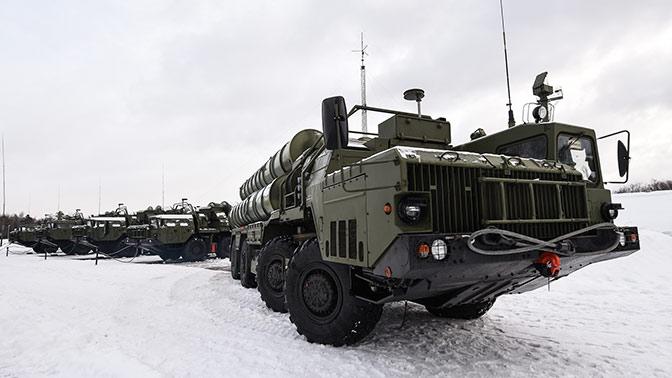

Both Eastern Pomerania and Crimea were annexed at the end of the 18th century by a major European power; both remained within them for a lengthy period; both as a result of the defeat of these powers became part of states beyond the borders of their former rulers; and both were territories that some in the former imperial centers felt properly belonged to them. “The independence, sovereignty, and territorial integrity of the two newly formed states (Poland and Ukraine) were officially recognized as the heirs of their former sovereigns (Germany and Russia); and the borders of these new states were supported by international agreements and the statutes of international organizations (the League of Nations and the UN).” Both, Illarionov continues, were within the borders of these new states for about a generation. Both were subject to aggression from their former sovereigns, and both of these regions “were occupied and annexed by the attacking powers.” The two occupiers renamed the regions, but that was not the end of the story. Eastern Pomerania and Danzig remained part of Germany for just under six years, after which it again became part of a restored Poland. The ethnic groups associated with the aggressor (the Germans) suffered both collectively and personally as a result. And when it was restored to Polish control, it was renamed. These things did not happen as a result of any referendum, Illarionov points out. Rather, they came about “with the help of the instruments of international law [in the form of] the decisions of the Yalta and Potsdam conferences of the victorious powers in World War II.” He strongly implies that the ultimate fate of Crimea will be similarly decided.There is a case far more analogous to Crimea than the Saar, but it is not one that Navalny chooses to cite. That is the German annexation of East Pomerania and Danzig just before the beginning of World War II. Indeed, the two cases are so similar at the outset that the former suggests how the latter quite possibly will end.





